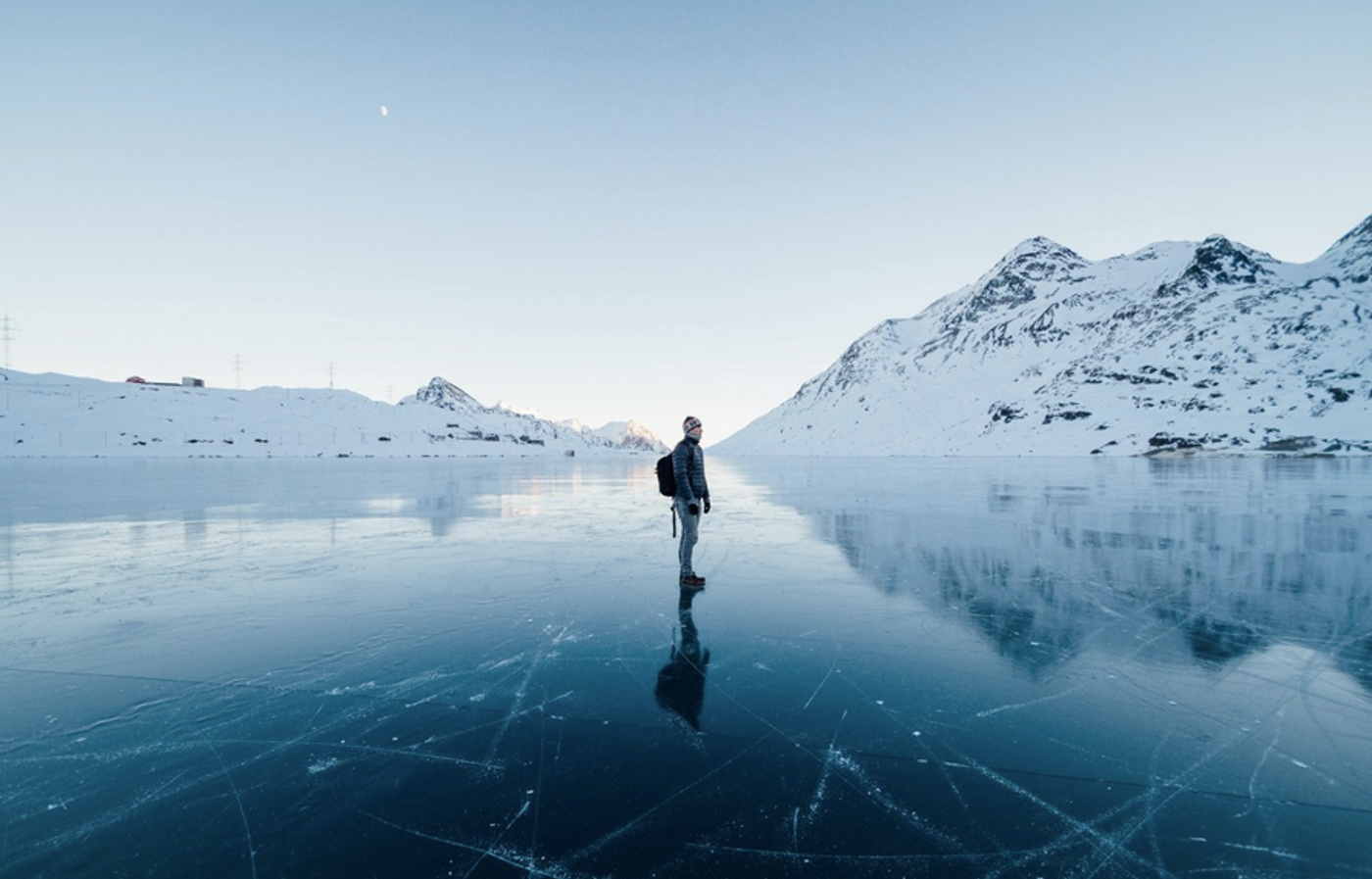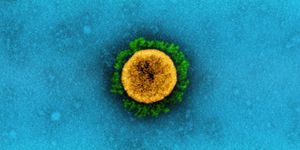Some People Can Tolerate Cold Weather Because of a Gene Variant
Some people just aren't that bothered by cold weather; can it be their genes? New work has suggested that when humans began to migrate from Africa to Europe over 50,000 years ago, and into colder temperatures, some of them may have been protected from the effects of the chill by a variation in a gene called ACTN3. This variant stuck around in the population, showing that it may have been beneficial.
The ACTN3 gene encodes for a protein called α-actinin-3 that affects the function of skeletal muscle, and the variant renders α-actinin-3 non-functional. This so-called loss of function (LOF) variant in ACTN3 became more common as people moved into colder places, and it seems the variant helped improve cold tolerance by increasing muscle tone in there people that carry it. The findings have been reported in the American Journal of Human Genetics.
"Our study shows an improved cold tolerance in people lacking α-actinin-3, which would have been an evolutionary survival advantage when moving to colder climates," explained the co-senior study author Håkan Westerblad of the Karolinska Institute. "Our study also highlights the great importance of skeletal muscle as a heat generator in humans."
It's thought that about 1.5 billion people around the world carry the LOF variant in ACTN3. Though the loss of the α-actinin-3 probably does not cause any disease, it may interfere with muscle power while carriers are sprinting or exerting themselves strenuously. Since humans retained the variant, it's likely that the benefits provided during cold weather outweigh any detriments from the loss of muscle power.
In this study, the researchers evaluated whether the gene improved cold weather tolerance. They studied healthy volunteers aged 18 to 40 that carried the LOF variant or normal copies of ACTN3. People from each group were immersed in water that was 14°C (about 57°F) for twenty-minute intervals, with breaks of ten minutes in room temperature air in between. This process was repeated until the participants' core body temperatures dropped to 35.5°C (about 96°F), or for 170 minutes of immersion (including the breaks), whichever was first.
The researchers found that carriers of the LOF variant shifted toward using slow-twitch muscle fibers during the immersion; their muscle tone was increased but they were not shivering outright. In people with functional ACTN3, there was more fast-twitch muscle fiber movement, and high-intensity bursting was twice as high in these individuals.
The LOF carriers did not burn more energy, suggesting that low-intensity use of slow-twitch muscle fibers helps people generate heat more efficiently, and tolerate cold better than those that shiver.
It's unclear whether brown fat or cold tolerance is affected by α-actinin-3 in infants; the LOF variant may become more effective later in life. We also don't know whether the absence of α-actinin-3 affects heat tolerance or physiological responses to exercise.
Westerblad suggested that it has a role in improving cold tolerance.
"Although there are many avenues for future investigation, our results increase our understanding of evolutionary aspects of human migration," said co-senior study author Marius Brazaitis of Lithuanian Sports University. "While the energetically efficient heat generation in people lacking α-actinin-3 would have been an advantage when moving to colder climates, it might actually be a disadvantage in modern societies, where housing and clothing make cold protection less important, and where we basically have unlimited access to food, such that energy efficiency can impose a problem and result in obesity, type 2 diabetes, and other metabolic disorders."
Sources: AAAS/Eurekalert! via Cell Press, American Journal of Human Genetics









